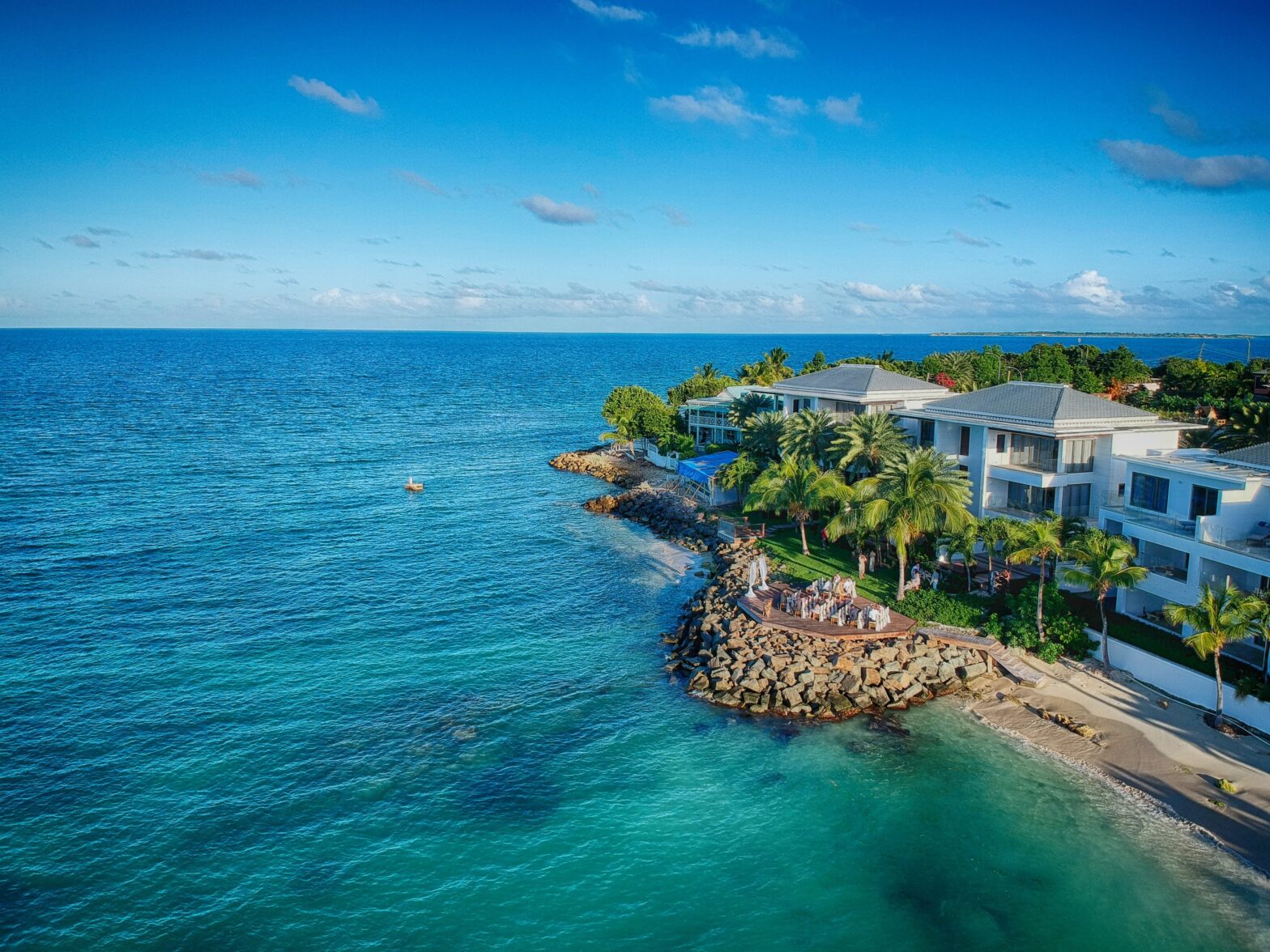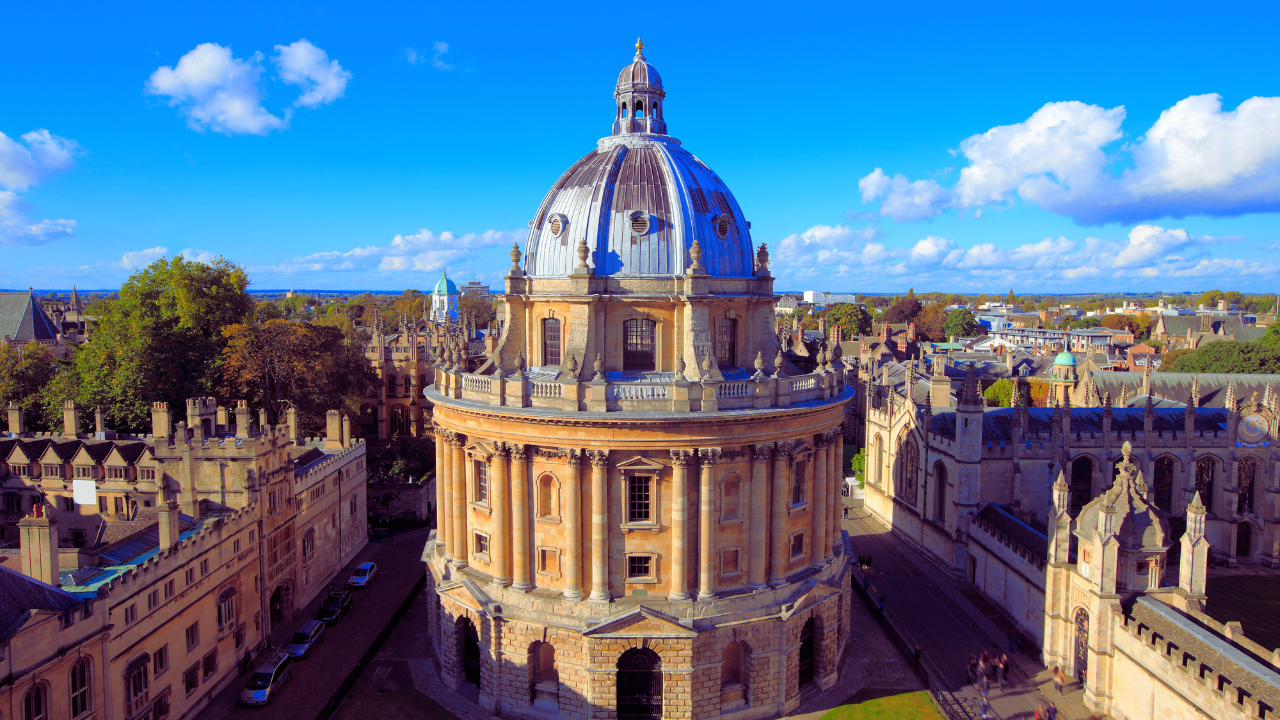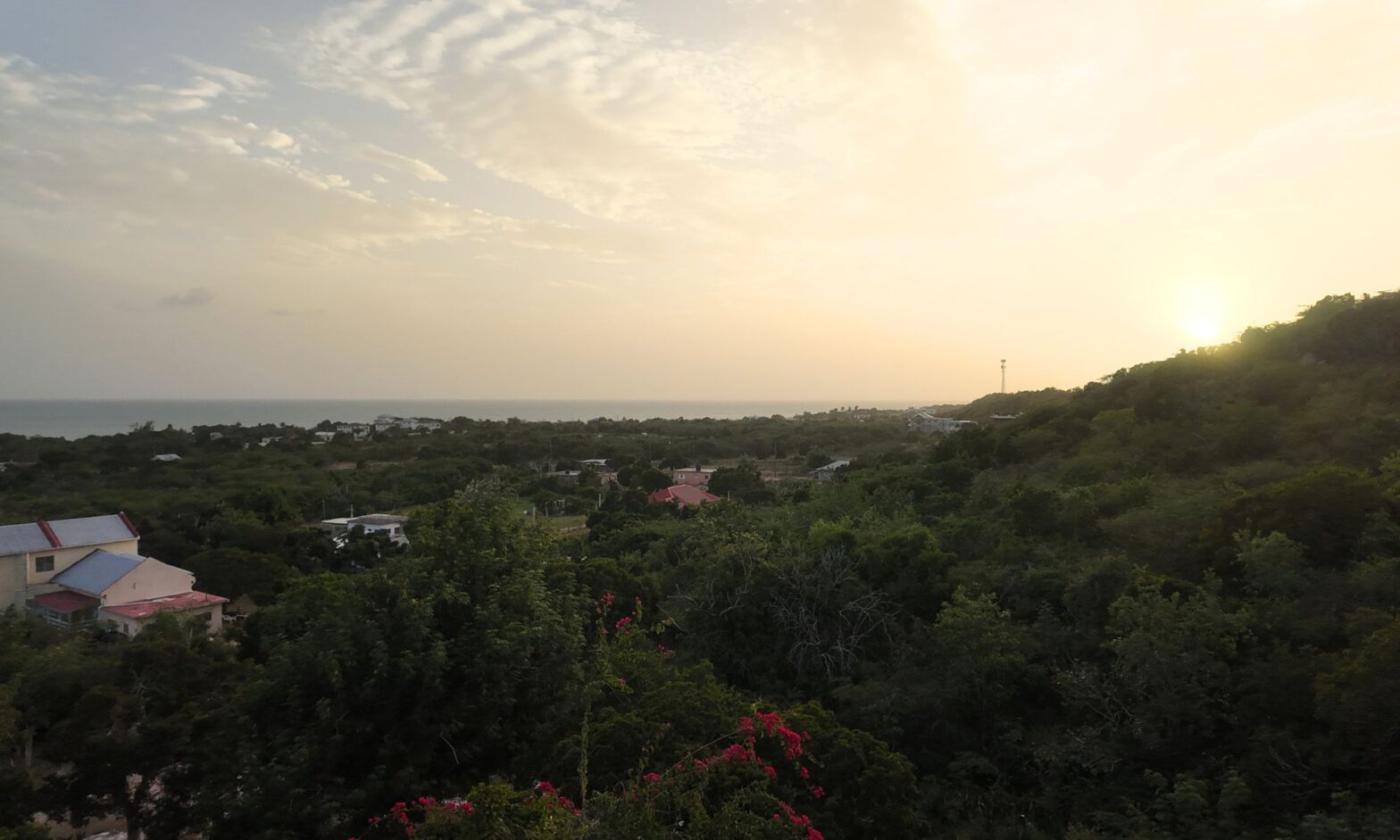Many people go to the Caribbean for the beaches, and to enjoy a more subdued pace of life. But while you’re soaking up that sun, why not absorb some culture, as well? Whether you’re interested in art, classic vehicles, or history, the region offers many options.
Caribbean museums play an important role in educating locals and visitors. In pursuit of this, the Museums Association of the Caribbean (MAC), was created in 1987. Its objective is to “create a visible and accessible museum network for Caribbean museums and museum professionals to share knowledge and expertise.” MAC honors the many similarities of the Caribbean islands, while also recognizing what makes each island unique.
Pack your sunblock, flip-flops and camera, and head to these five Caribbean museums.
Bob Marley Museum- Jamaica
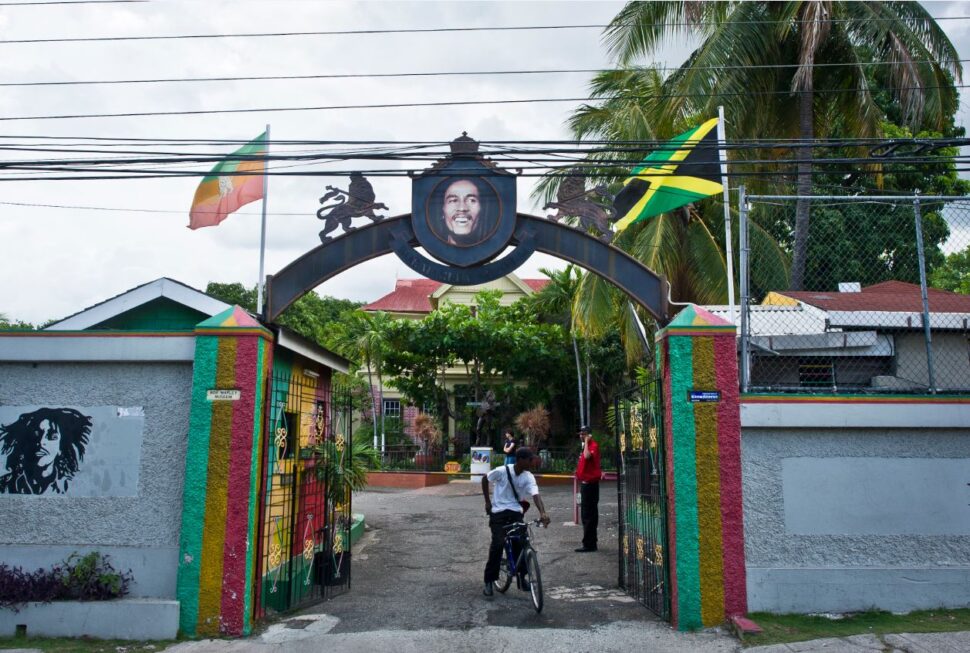
Who is the most famous person from Jamaica? The answer can only be Bob Marley. His message of peace, love, and revolution resonates to this day.
Located in Kingston, Marley purchased the house in 1975. The facade takes its cue from 19th century architecture, and Marley lived there until his premature death in 1981. To honor his memory, his wife, Rita Marley, converted it into a museum. You’ll find many of Marley’s belongings and personal effects.
Tours last about an hour and 15 minutes. Your friendly guide will take you through the house, exhibition hall, theater, the on-site gift shop, and the One Love Café.
Museo de Arte de Puerto Rico (MAPR)- Puerto Rico
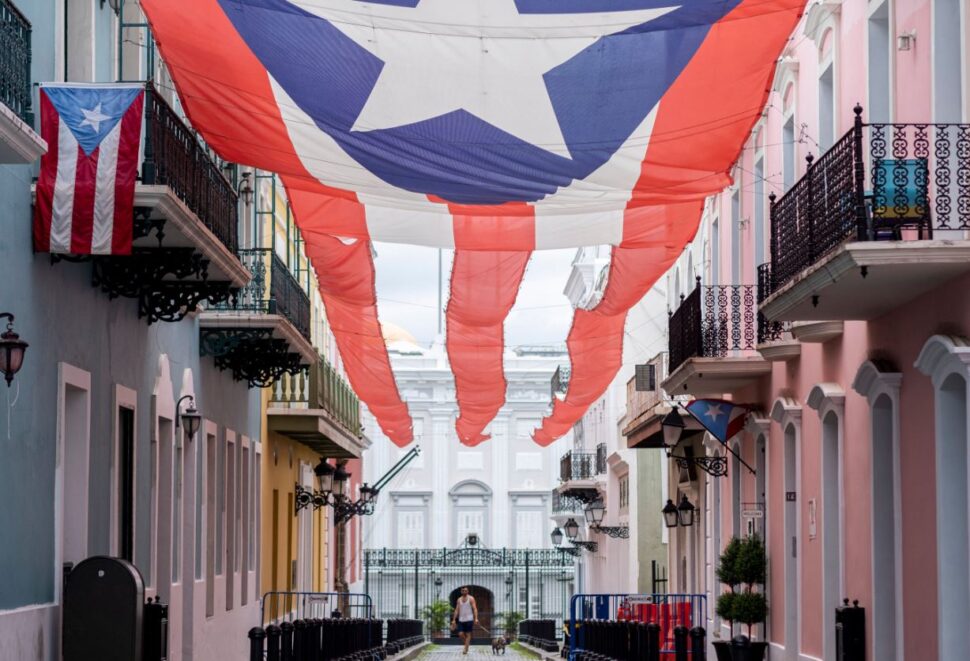
This San Juan museum is one of the most important in Puerto Rico, and the Caribbean.
It’s spread across 130,000 square feet, so you’ll probably need a few hours to explore. In addition to showcasing art from different eras, the museum hosts interactive tours, artist-in-residence events, and much more. There’s also a state- of- the art theater on the grounds: the Raúl Juliá – Banco Popular Theater, which seats 400 people.
Be sure to check out the botanical sculpture garden, which is a work of art itself. As MAPR explains, there’s a variety of “trees, bushes, vines, flowers and creeping plants of great diversity and color.”
Museo del Automóvil- Cuba

One of the most enchanting things about Cuba, especially in Havana, is the vintage cars. Head to Plaza de Armas Square to take pictures of a modest collection of cars from bygone eras.
Some of the cars were linked to specific figures. You’ll get to see the Cadillac driven by Ernesto “Che” Guevara when he took up residence in Havana. Also on display are Flor Loynaz’s Fiat from 1930, and Major Camilo Cienfuegos’ Oldsmobile from 1959.
According to Hostal Balcones Muralla, “the oldest vehicle in the collection dates from 1905, and the latest one comes from 1989. Most of them are North American, although some cars were made in Italy, Spain, Germany and Great Britain.”
Museum of The Haitian National Pantheon (MUPANAH)- Haiti

If you’re interested in learning about the figures who contributed to Haiti’s earliest years, this museum in Port-au-Prince, is ideal.
Lovers of Haitian history will surely recognize some of the names, such as Toussaint Louverture, and Jean-Jacques Dessalines, who played pivotal roles in the Haitian Revolution.
Part of MUPANAH is underground, which adds to its intrigue. This architectural choice was wise– it kept the museum intact during the earthquake of 2010.
According to Visit Haiti, “the museum is split into two show rooms: a permanent exhibit, and a temporary exhibit.” You’ll learn about the island’s earliest inhabitants, and how Spain colonized Haiti before France got there.
There are several items displayed which drive home the horrors of colonization. They include the shackles and torture instruments used to subjugate and humiliate the enslaved. You’ll also see the chilling, thirteen-foot anchor from the Santa Maria, one of the three ships used by Columbus.
Tours are offered in English, French and Creole.
National Archaeological Museum- Aruba
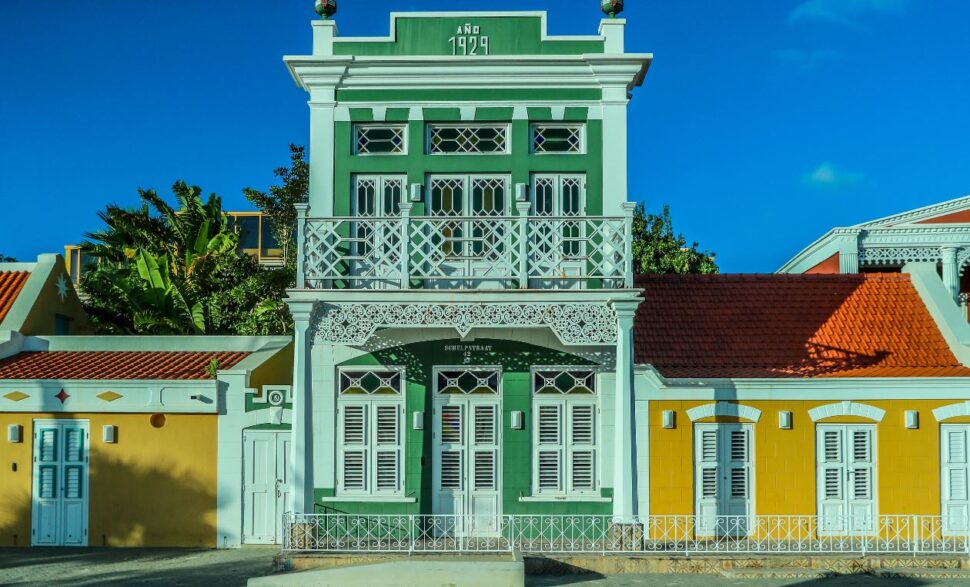
This museum in downtown Oranjestad, is small and humble. One visitor said it was “off the beaten path,” and therefore, quite easy to miss even if you’re using a map. Another said it was “very educational, well presented and entertaining.”
You’ll learn about Aruba prior to the arrival of the Europeans, and the island’s Amerindian cultural heritage. Admission is free, but feel free to donate if you’d like.
You’ll only need about an hour to peruse what’s on display. The museum is within walking distance of the cruise port, and it’s a nice place to take the family during inclement weather.
